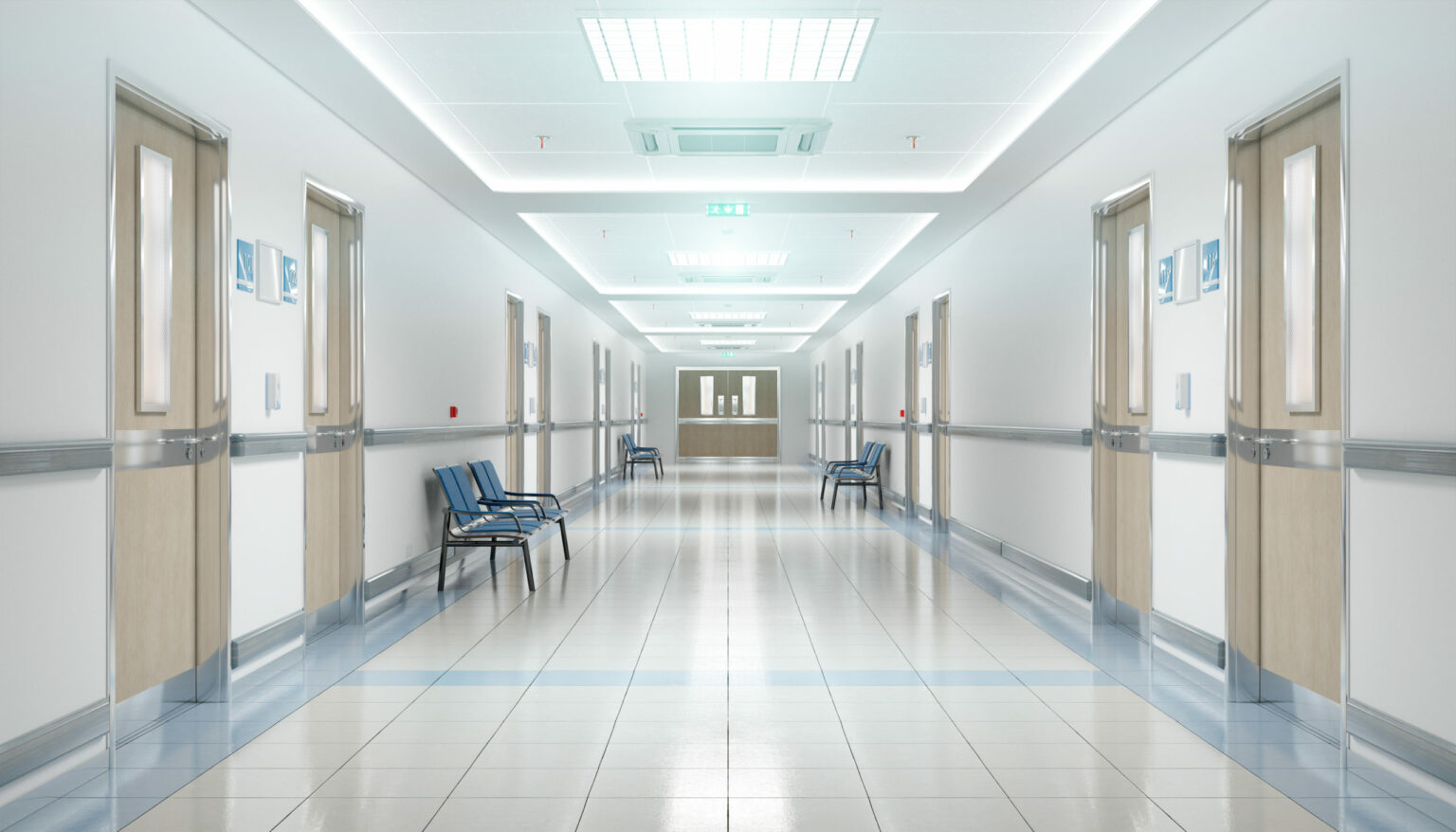Report highlights fire and safety concerns in Romanian hospitals
- January 4, 2024
- 9:05 am


Iain Hoey
Share this content
A detailed report from Romania’s Court of Auditors has raised significant concerns regarding fire and safety authorizations in the country’s hospital buildings, indicating a potential risk in the healthcare infrastructure.
Critical gaps in fire and safety compliance
The report, scrutinising the management of hospital infrastructure between 2014 and 2021, reveals that a considerable number of hospital units are operating without proper authorisations from the Emergency Situations Inspectorate.
This oversight presents a worrying scenario in terms of fire safety and overall security within these medical facilities.
Seismic risk in hospital buildings
Adding to the concern, the report points out that out of the 58 hospitals operated by the Ministry of Health, 10 buildings are classified under class I of seismic risk.
This classification denotes the highest vulnerability to seismic activity, raising questions about the safety of patients and staff in these structures.
Similarly, a substantial number of hospitals under local administration and those managed by MAI (Ministry of Internal Affairs) and MAPN (Ministry of National Defence) also fall under various seismic risk categories.
Regional disparities and funding sources
The document also sheds light on the sources of funding for modernisation and safety upgrades in public hospitals.
A significant portion of the funding for these essential projects has come from local budgets and the state budget.
However, the report notes a discrepancy in the completion of these crucial safety projects, with only around 58% of the planned objectives being fulfilled.
IFSJ Comment
The findings of the Court of Auditors’ report on Romania’s hospital infrastructure and fire safety standards are a matter of immediate concern.
The lack of proper fire and safety authorisations in numerous hospitals across the country highlights a critical oversight in ensuring the safety of patients and healthcare workers.
The disparities in seismic risk classification among various hospitals further exacerbate this concern.
It underscores the need for a rigorous review and immediate action to rectify these shortcomings.
Ensuring the structural integrity and compliance with fire safety standards is not just a regulatory obligation but a fundamental aspect of providing a safe healthcare environment.
This situation calls for a concerted effort from the government and healthcare authorities to prioritise and address these infrastructural deficiencies promptly.
The safety and well-being of both patients and healthcare professionals depend on the swift resolution of these issues.

